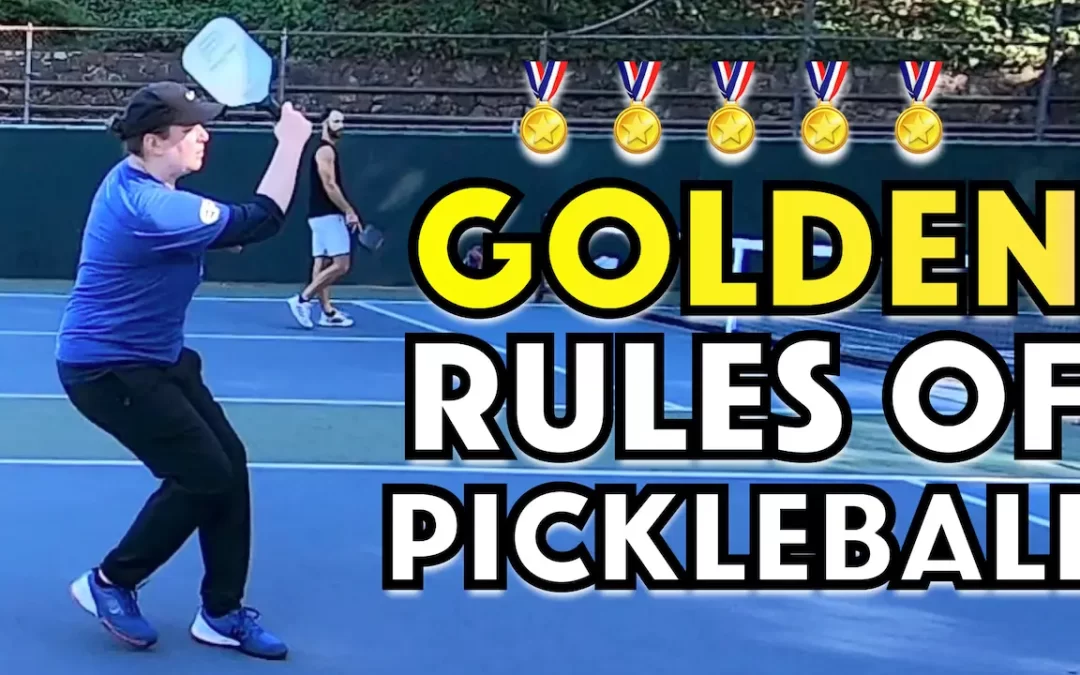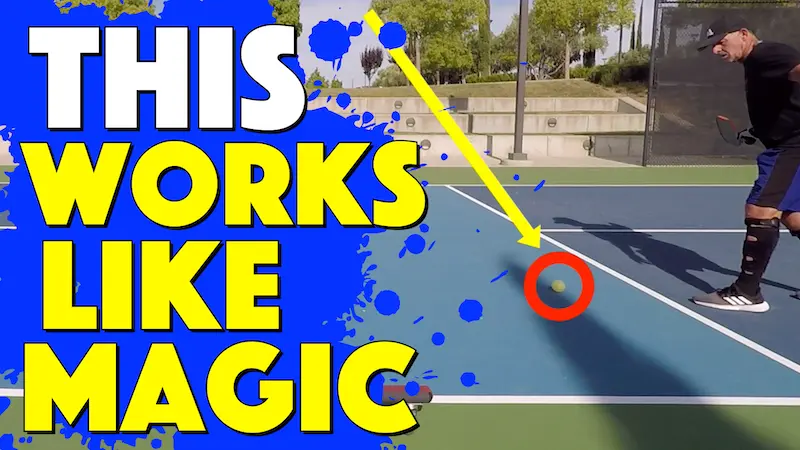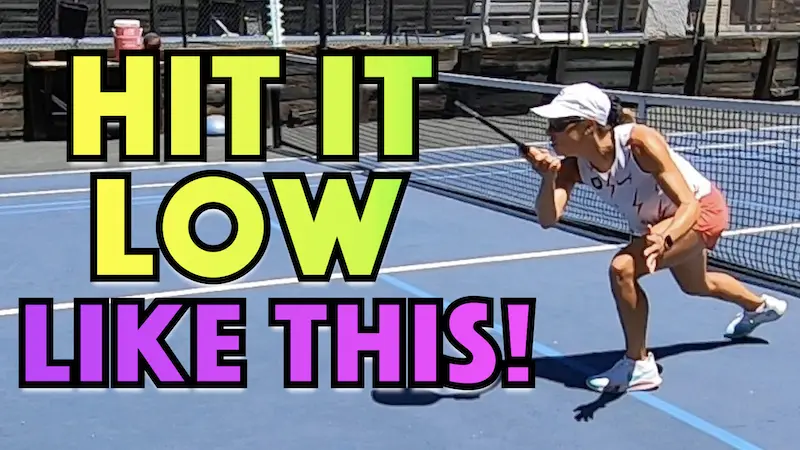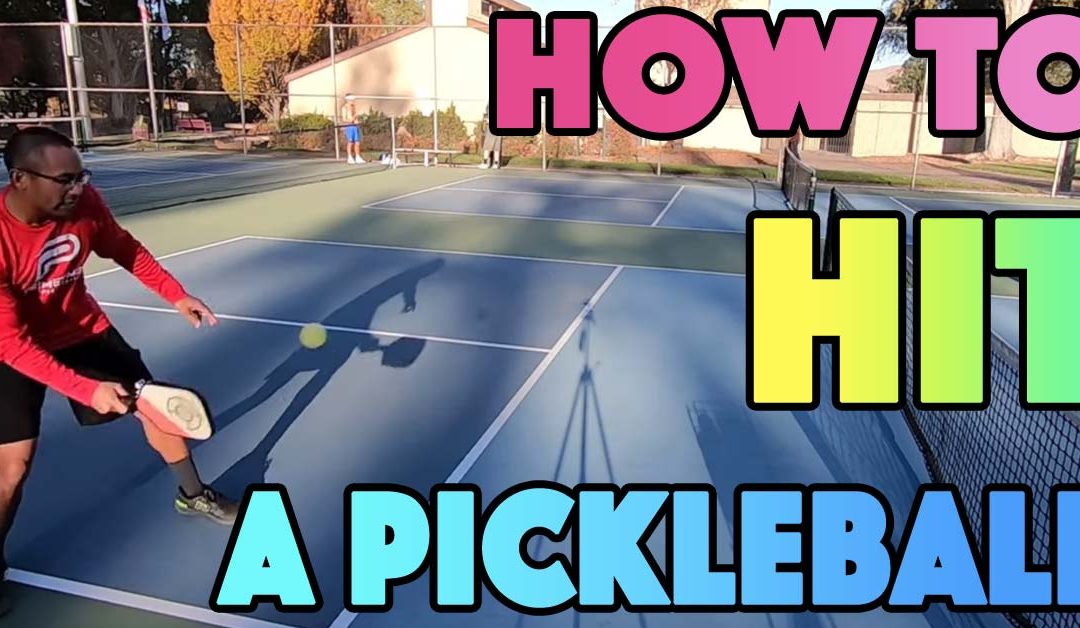In today’s blog we’re going to talk about how to add at least ten miles per hour to your serve.
Serving is very vital to the game of pickleball. Yes, it starts the point it, starts the rally in a game, but also it sets up everything from there on out.
If I hit a very weak serve, the return should be very strong, because they’re going to have an easier time handling that serve.
The harder serve I hit the easier my third shot potentially will be and the weaker their return may be.
This is a practical way you can add more pace and more power on your serve.
I see a lot of beginner and intermediate players out there, they learn the game, and many times they’re hitting very consistent serves and they’re all going in which is great but there’s just not a lot of power or spin on their serve.
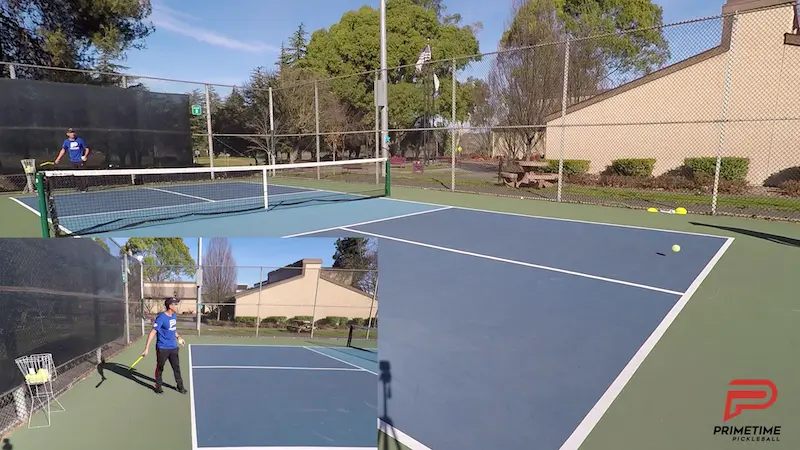
They’re hitting these nice deep serves which is how all serves should be. Depth is always good to have, but, as they hit their serve it’s just kind of flat, there’s not a lot of action and not a lot of pace or power on that serve.
They’re basically only using their arm. They’re not initiating a full body serve which a serve should be. They’re hitting it nice and consistent but it’s not going to maximize the power that they potentially could have.
The first thing is I would like to tell you is the serve really starts at your feet and with your legs specifically. The legs are the strongest muscles in your body and they’re much bigger than your arm muscles.
I want to start with that. I want to get low. I want to bend my knees. I see people standing straight up with their knees. You can’t get any power from your legs because your knees are locked.
We want to make sure we get down low and as we start our serve we have all our weight load it on our back foot. For me that is going to be the right foot.
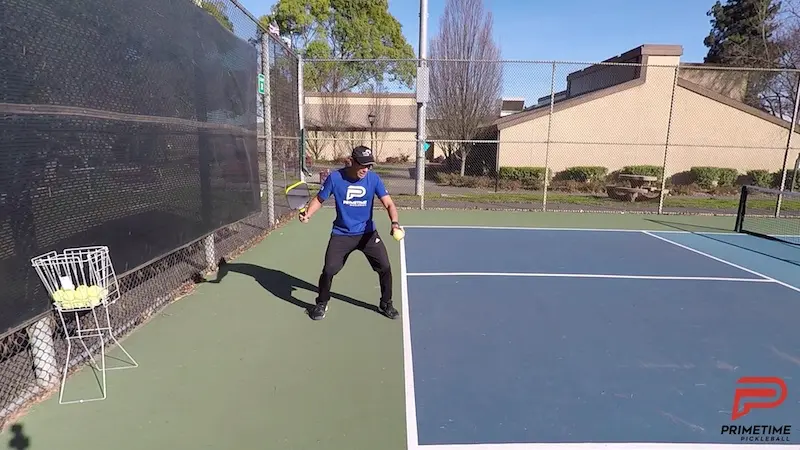
As I load my weight on my back foot and I’m going to release the ball and hit it, I’m transferring my weight to my front foot.
It’s a weight transfer from my back leg to my front leg. As I toss this ball and prepare to hit it as a serve, instead of just using my arm, I will get my legs loaded and I’m then going to unload them. My hips turn and my shoulders turn as well after I push off starting from the legs.
I’m initiating these core muscles which are really important for the serve and really important to get that action on your serve.
It really all starts in the legs. We want to get this shoulder turn, and we want to really turn our hips and as we hit this ball, as I hit the serve, my shoulders and my chest are going to be facing more towards the net and not towards the side as they did when we started to prepare for the serve.
My feet are perpendicular to the net. I’m not in this open stance. You’re going to get more torque and you’re going to get more power as you turn. Just like you were to throw a baseball or a football. You really want to be sideways so you can use that core, use the legs, use that full rotation on that throw.

In the above video you will see Jordan load his legs as he serves. Many times he steps in and exaggerates it a little bit as he hits this ball and he’s opening up. His forward momentum is pushing him into the court after contact, and it’s just a little exaggerated.
The main thing is we want to make sure we’re conscious of using our leg muscles and our core muscles as we’re turning.
*You can see in the video that once Jordan’s starts implementing those points there’s a lot more pace on that serve than before he implemented those tips.*
Notice the difference. The very first one I’m just using my arm which could be really consistent but I really want to make sure I’m initiating all the muscles in my body and I’m making sure I’m turning contacting that ball out in front I could have more pace on my serve.
Get out there with a bucket of balls and practice on your serve. I think it’s going to really help benefit your game.
It’s going to get you easier points on your serve and it’s going to allow you and your partner to more easily get up to the net.
Make sure you’re using all your muscles in your body and initiating those leg muscles, initiating your core and coming out and turning your shoulders and following through over your offhand shoulder.


